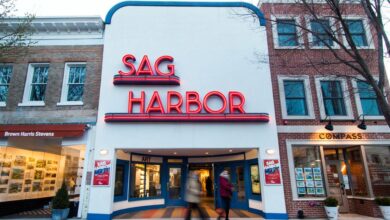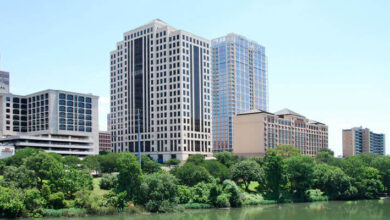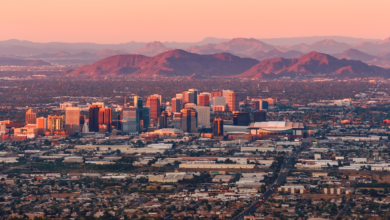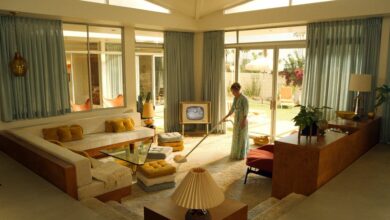Where Industrial Chic Meets Foodie Heaven
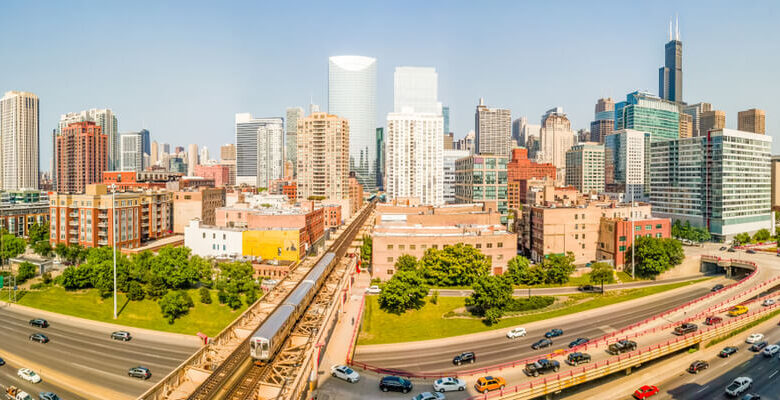
It’s hard to think of a Chicago neighborhood that has gone through such a transformation as the West Loop. Bustling commodity markets and meat packing factories have given way to Fortune 500 companies, converted warehouses, boutiques and a street known as “Restaurant Row,” where Michelin-starred restaurants sit alongside. quirky bars and eclectic restaurants of all kinds.
Truth be told, calling the West Loop “a neighborhood” is somewhat inappropriate: it’s more of a collection of micro-neighborhoods that include Fulton Market, Fulton River District and Greektown.
Where is the west loop?
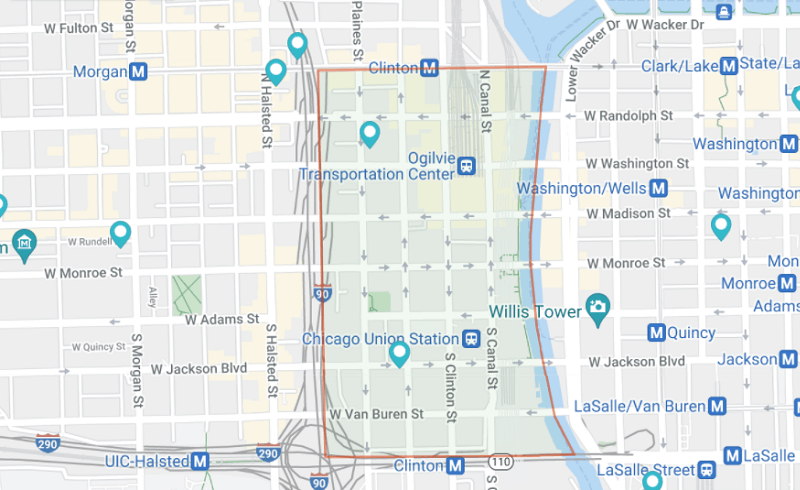
As the name suggests, the neighborhood is west of The Loop, Chicago’s business district and the heart of downtown.
The West Loop is bounded on the north by Grand Avenue, on the west by Ashland Avenue, on the south by I290 (known to locals as the Eisenhower) and the Chicago River to the east.
From almost anywhere you find yourself in the West Loop, you can take in stunning views of the iconic Chicago skyline, including the famous Willis Tower (known to locals as Sears Tower).
History
The West Loop has been a hive of activity and a commercial mecca for almost as long as Chicago has been a city. But it was the railroad boom of the 1850s, when Chicago became the nation’s transportation hub, that this region came to life.
Fulton Market became the center of the town’s meat packing industry, while nearby Randolph Street was home to wholesale produce markets, drawing people from all over the world, adding to the diverse population of the region. Many of the buildings that still stand in the neighborhood date from this period and were at one time warehouses and other buildings associated with the produce and meat packing industries. It’s interesting that food has been at the heart of this region, in one form or another, ever since.
Like many urban neighborhoods in America, the West Loop saw its fortune decline in the mid-20e century. In fact, it was home to Chicago’s “Skid Row” in the 1960s and 1970s. But in 1988, a certain television host sparked a renaissance in the field that continues today. The TV host was Oprah, of course, and her Harpo Studios were housed in a converted warehouse, more used to cold cuts than hot conversations. Fun Fact: Harpo isn’t a nod to the Marx Brothers, but a simple Oprah name spelled backwards.
In the early 1990s, Randolph Street began to attract more and more restaurateurs and quickly became the go-to place for fine dining. Meanwhile, over the past few years, the area has attracted a host of tech companies, condo developers, advertising agencies, and large corporations that have set up offices here.
Although the area is home to countless new apartment buildings and office buildings, many businesses and residences can be found in renovated warehouses dating back to the 19e century.
Living in the West Loop
You are unlikely to run out of things to do, buy, eat, or drink in the West Loop. There are trendy boutiques, city parks, art galleries, bars, concert halls, and more places to eat than you could shake a Michelin star.
What to do
The shops that pepper Madison and Randolph streets are largely of the I-didn’t-know-I-wanted-something-like-that-until-I-found-it-variety. Places like Uncommon James, Fig Tree, Smitten Shop are ideal places to sail and more than likely to give someone you know a unique birthday present. Clothing stores such as Slowear, Billy Reid and Threadless are always worth a visit if you are looking for that must-have outfit.
If shopping is not your thing but art, visit the Kavi Gupta Gallery or the Andrew Rafacz Gallery or one of the countless other innovative art spaces in the region. More cultural dishes can be found at the National Hellenic Museum. Dedicated to the Greco-American experience, the museum has more than 10,000 artefacts, from furniture and textiles to religious and ephemeral objects. An event in more recent history, the infamous Haymarket Riot, is commemorated with a memorial in Union Park.
There is also a lot to love for music fans. There is the annual Pitchfork Festival at Union Park, which attracts bands from all over the world. The Bottom Lounge, meanwhile, is a year-round venue that features smaller groups. More established stadium groups regularly play at the nearby United Center (also where to go to catch the Chicago Bulls or Chicago Blackhawks, depending on the season).
There are lots of small green spaces in the West Loop besides the aforementioned Union Park. Mary Bartelme and Skinner Parks are both suitable for adults, children and dogs.
Where to eat and drink
Where to start? The West Loop has more restaurants, dining, and bars per square mile than anywhere in the entire Midwest. You name it, you want it, you have it.
There’s the burger to die for at Au Cheval… the Mediterranean-inspired offerings at The Girl and The Goat… the beer, pork and oysters at the Publican… the moussaka, soutzoukakia and other Greek delicacies at Athena… the delicious non-deep dish pizza at Parlor Pizza Bar… and so on.
For those who can’t choose, there’s the annual Taste of Randolph festival, where you can have a little of this and a little of that. This festival is a feast for the ears and stomach alike, having hosted well-known bands like The Dandy Warhols and Beach House over the years.
The West Loop bars are just as plentiful – and just as eclectic.
The Aviary stands out: this cocktail bar is the brainchild of Alinea owner Grant Achatz. And that’s anything but ordinary. When the drinks include scoops of rum, frozen eggs, and gear straight from a chemistry class, the words cocktail and bar seem woefully inadequate. For simpler drink options, there’s Goose Island Fulton Street Brewery and Kaiser Tiger. Oh, and if you ever need a haircut with a hunter, there’s the Blind Barber.
Move to the west loop
Transport
The west loop is served by many CTA bus lines, as well as three different El lines (brown, pink and blue). The Ogilvie transport hub is also located here, with Metra trains serving the northern and western suburbs. Chicago’s main train station, Union Station, is also nearby.
Two major highways managed by the region, I-290 / Eisenhower to the south and I-90 / Kennedy to the east.
While the neighborhood is certainly car-friendly and most apartment buildings provide parking for residents, it can sometimes be difficult to find affordable parking on the street.
Education and employment
Surprisingly family-friendly, the West Loop is home to many prestigious schools, both public and private. Skinner West is one of the top performing Kindergarten to Kindergarten to 8 public schools in Chicago, while Chicago’s private Montessori Academy is highly regarded.
For high school age kids, there’s Whitney Young, consistently ranked in the top 25 in public high schools nationwide, and the alma mater of Chicago luminaries like Michelle Obama, Craig Robinson and the Wachowskis.
Employers in the region include Peapod, Google, Go-Go, Ogilvy, and McDonald’s, with global headquarters located on the site of the former Harpo Studios.
Ready to experience the excitement of living in West Loop? Find your next apartment on rentcafe.com and pack your bags.

